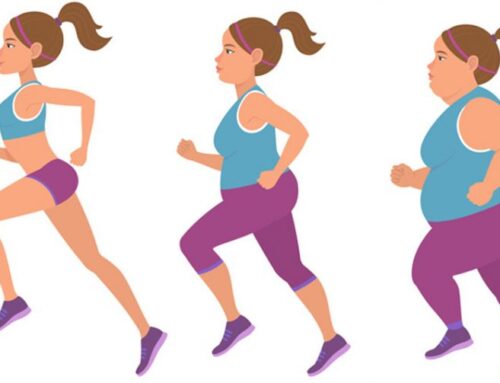Postural drainage sounds complicated, but it’s really just a way to use gravity to drain mucus out of your lungs by changing positions. It’s used to treat a variety of conditions, including chronic diseases such as cystic fibrosis and bronchiectasis, as well as temporary infections, such as pneumonia.
If you have a bad cold or flu, you can also use postural drainage to help keep mucus out of your lungs. The goal is to move mucus into the central airway, where it can be coughed up. It’s safe for people of all ages and can be done either at home or in a hospital or nursing facility.
Postural drainage is often done at the same time as percussion, sometimes called clapping, which involves someone clapping on your back, chest, or sides with a cupped hand in order to shake mucus loose from the lungs. These techniques, along with vibration, deep breathing, and huffing and coughing, are referred to as chest physiotherapy, chest physical therapy, or airway clearance therapy.
How do I do postural drainage?
You can do postural drainage with many positions, either on your own or with a physical therapist or nurse.
General guidelines
- Each position should be held for a minimum of five minutes.
- Positions can be done on a bed or on the floor.
- In each position, your chest should be lower than your hips to allow mucus to drain.
- Use pillows, foam wedges, and other devices to make yourself as comfortable as possible.
- While in the positions, try to breathe in through your nose and out through your mouth for longer than you breathe in for maximum effectiveness.
- Do these positions in the morning to clear mucus that’s built up overnight or right before bed to prevent coughing during the night.
A respiratory therapist, nurse, or doctor can recommend the best ways to perform postural drainage based on where the mucus is.
On your back
- Your chest should be lower than your hips, which you can achieve by lying on a slanted surface or propping your hips up about 18 to 20 inches with pillows or another item.
- This position is best for draining the bottom front parts of your lungs.

On your sides
- With pillows under your hips, lie on one side so that your chest is lower than your hips.
- To clear congestion from the bottom part of the right lung, lie on your left side.
- To clear congestion from the bottom part of your left lung, lie on your right side.

On your stomach
- Drape your body over a stack of pillows or other object, such as a beanbag, and rest your arms by your head, with your chest lower than your hips.
- This position is best for clearing mucus in the lower back area of the lungs.

Does postural drainage work?
Several studies have been done on general chest physiotherapy, but very few specifically address postural drainage.
A review of published studies found that chest physiotherapy techniques provided short-term relief for people with cystic fibrosis but didn’t have any long-term effects.
Another study found that the active cycle of breathing techniques may be more effective than postural drainage for people with bronchiectasis.
For people with pneumonia, a review of studies suggested that postural drainage isn’t an effective treatment method. However, the authors noted that most of the available studies were done 10 to 30 years ago, and chest physiotherapy techniques have come a long way since then.
More research is needed to know how effective postural drainage really is. In the meantime, your doctor may be able to suggest postural drainage positions or other chest physiotherapy techniques that may work for you. They can also refer you to a respiratory therapist or physical therapist who specializes in chest physiotherapy.
Are there any risks associated with postural drainage?
You may vomit if you do postural drainage right after eating. Try to do the positions before eating or 1 1/2 to 2 hours after a meal.
If left untreated, mucus in the lungs can turn into a serious condition, so make sure to follow up with your doctor if you decide to try postural drainage. You may need additional treatment. Mucus in the lungs can also be a sign of an underlying condition that needs medical treatment, such as chronic pulmonary obstructive disease (COPD).
When to call a doctor
Call your doctor if you start wheezing, can’t stop coughing, or have a fever of 100.4°F (38°C) or higher. Also tell them if you notice an increase in mucus or mucus that’s brown, bloody, or smelly.
Get emergency treatment if you have any of the following symptoms during or after postural drainage:
- shortness of breath
- trouble breathing
- confusion
- skin that turns blue
- coughing up blood
- severe pain
The bottom line
Postural drainage uses gravity to move mucus out of your lungs. There’s some debate over its effectiveness for treating symptoms of cystic fibrosis, pneumonia, and bronchiectasis. However, there aren’t any serious risks associated with it, so it may be worth a try if you need to loosen up mucus in your lungs. As with any treatment, it’s best to consult with your doctor before beginning postural drainage



